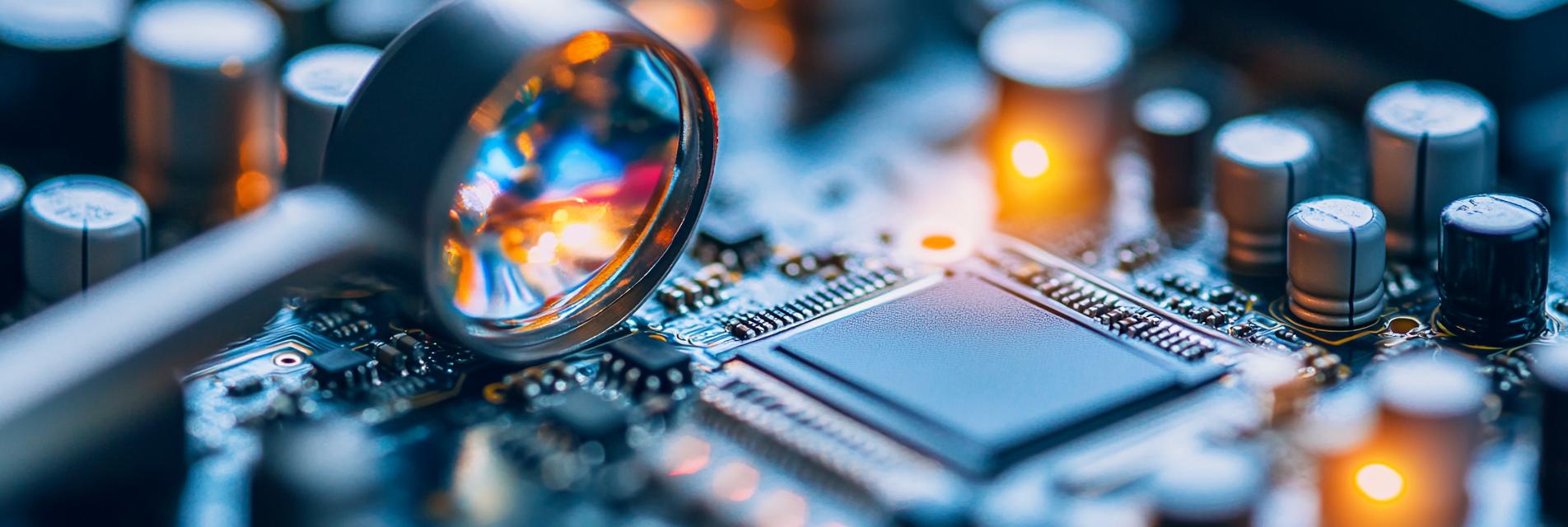In the rapidly advancing world of electronics, reliability is often a decisive factor for consumer satisfaction and product longevity. One major aspect influencing device reliability is thermal management. This article will delve into the role of high thermal conductivity in PCB assemblies (PCBA) as a solution to heat management challenges faced by modern electronic devices.
As electronic components continue to shrink in size while their processing capabilities increase, managing heat generation has become increasingly important. Excessive heat can lead to thermal cycling, component damage, and ultimately, failure. In many scenarios, inadequate thermal dissipation can compromise the overall performance and lifespan of electronic devices.
To combat the challenges presented by thermal management, the adoption of high thermal conductivity materials in PCBAs has emerged as a primary solution. High performance electronics benefit from these advanced materials that efficiently transfer heat away from sensitive components, thus enhancing their reliability.
Utilizing high thermal conductivity materials leads to several advantages:
Several innovative materials and techniques are being used to integrate high thermal conductivity into PCBAs. These include:
As electronic devices continue to evolve and operate at higher performance levels, embracing high thermal conductivity in PCBAs becomes essential. The integration of such advanced materials is not just a technical improvement but a necessary evolution to ensure device reliability and consumer satisfaction. By prioritizing thermal management in design processes, manufacturers can significantly enhance the reliability and performance of their electronic devices.

